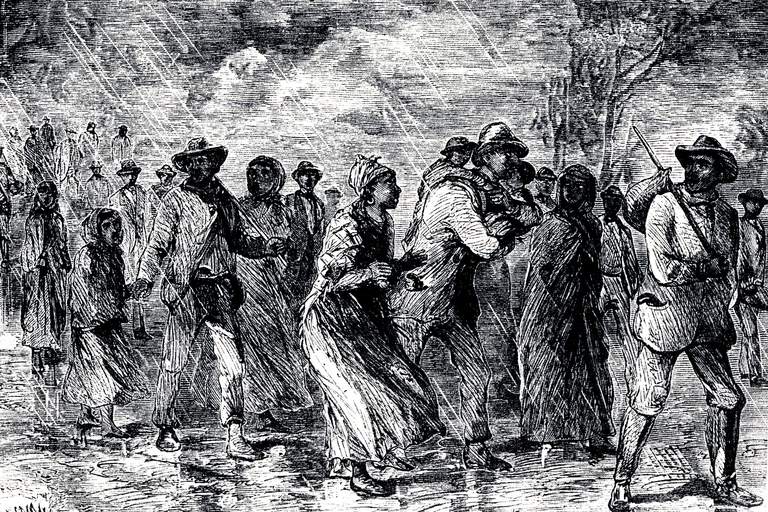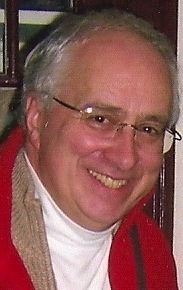COMMUNITY COMMENTARY: If you have VA questions, I will find the answers

Veterans Day parade in Waterville 2016
by Gary Kennedy
Veterans’ Advocate
I have been a contributor of The Town Line news for a number of years now. I am a 100 percent service connect American veteran and have been aiding veterans in the development of difficult cases by all service organizations standards. I have seen VA refusals many times because of cases that couldn’t/ wouldn’t be developed, too time consuming or very difficult to prove. Most things can be proven if not frivolous. Your records were lost in a fire was the popular excuse. Some were in fact destroyed by fire but many were preserved and protected. Anyway, I am writing this to give my opinion based mostly on hearsay. However, when there is a lot of hum there is usually a hive. Lately the Veterans Administration has undergone a lot of trauma. I would like to share a little of that in hopes for feedback.
Veterans’ need media to vent their feeling and concerns. I can assure you this veteran will search for the answers for you. Whether you agree or not you will receive an answer. For those of you who aren’t aware, the Togus Pharmacy will be partially down from October 22, 2018, for approximately nine days because of a flood. Also another of my pet peeves is the fact that orthopedics is hurting for doctors and they have nowhere enough service rooms for the vets in need. The executive director Ryan Lilly could have prioritized the expansion of the medical side but elected to do almost nothing. Now there is a new director who has started off on the wrong foot; so I don’t see longevity there.
However, the VA, in its infinite wisdom, elected to promote Mr. Lilly to the head of the region and demote Kurt Johnson, the assistant director, to a paper pusher. He use to be the head of pharmacy but his friendship with Mr. Lilly somehow got him promoted to assistant director. It is fairly well known they are/were close friends.
There is a federal case involving prejudice involving Mr. Lilly and Mr. Johnson. The power-that-be overlooked the situation or have no knowledge of it; which means they didn’t do their homework. It was sad for me to see Senator Susan Collins and Rep. Chellie Pingree joining forces at the new homeless housing complex developed on federal land. I am a veteran and support veterans with unfortunate circumstances but I don’t believe housing should be built on the 500 acres at Togus. It should be done but, in my opinion, is in the wrong place. That is a medical facility which could develop into the greatest in our country. I have said that many times. Lilly made the statement and believes that he had more land there but wasn’t sure what he would do with it. Some of that land is wetland and the habitat for various many wildlife and fish.
Last but not least, the director that replaces the promoted Lilly has just closed down the Veterans Record Retrieval window placing a state of mayhem there with a considerable workload shift on those employees. New people to the records who do other things will try to pick up the slack. The more they squeeze to make themselves look good to Washington, the more they eat on veteran services. They spend their money on bad who knows what; but it isn’t something you can see. They are building a small new building directly across from emergency to further congest and demean the beauty of the Togus facility. With 500 acres you can do better than that.
Many of us are getting “farmed out” now because they don’t have time for us or they don’t have the proper room, tools, ability and doctors. Thanking a vet is not enough. You need to learn respect, responsibility and remember why you don’t speak Korean, Japanese, German or Russian. We are the land of the free, home of the brave and no matter how bad we hurt we were there for you. The oversight of VA and how it evolves for the vet is the first priority. There is much more but this is enough for now. You can call me at 458-2832 and I will try to assist in anyway I can. We can keep our affairs alive through media.
Community Commentary is a forum The Town Line makes available for citizens to express their opinions on subjects of interest to our readers. The Town Line welcomes, and encourages, differing opinions, counterpoints or opposing views. Keep the rebuttals positive and informative. Submissions containing personal attacks will be rejected.


 (NAPSI)—There are about 74 million children in America today and if you’re a parent, here’s something you should know: involved fathers—whether they live with their kids or not—can help their children lead happier, healthier and more successful lives. Children who feel close to their fathers are two times more likely to go to college or find a job after high school, 80 percent less likely to end up in jail and 50 percent less likely to experience depression.1 The small moments kids enjoy spending with their fathers can make a big difference in their lives. If you’re like most fathers, you’re already doing what you can to be a great dad. Here’s a look at five easy ways to keep it up.
(NAPSI)—There are about 74 million children in America today and if you’re a parent, here’s something you should know: involved fathers—whether they live with their kids or not—can help their children lead happier, healthier and more successful lives. Children who feel close to their fathers are two times more likely to go to college or find a job after high school, 80 percent less likely to end up in jail and 50 percent less likely to experience depression.1 The small moments kids enjoy spending with their fathers can make a big difference in their lives. If you’re like most fathers, you’re already doing what you can to be a great dad. Here’s a look at five easy ways to keep it up.


 by Marilyn Rogers-Bull & Percy
by Marilyn Rogers-Bull & Percy









 by Jac M. Arbour CFP, ChFC
by Jac M. Arbour CFP, ChFC